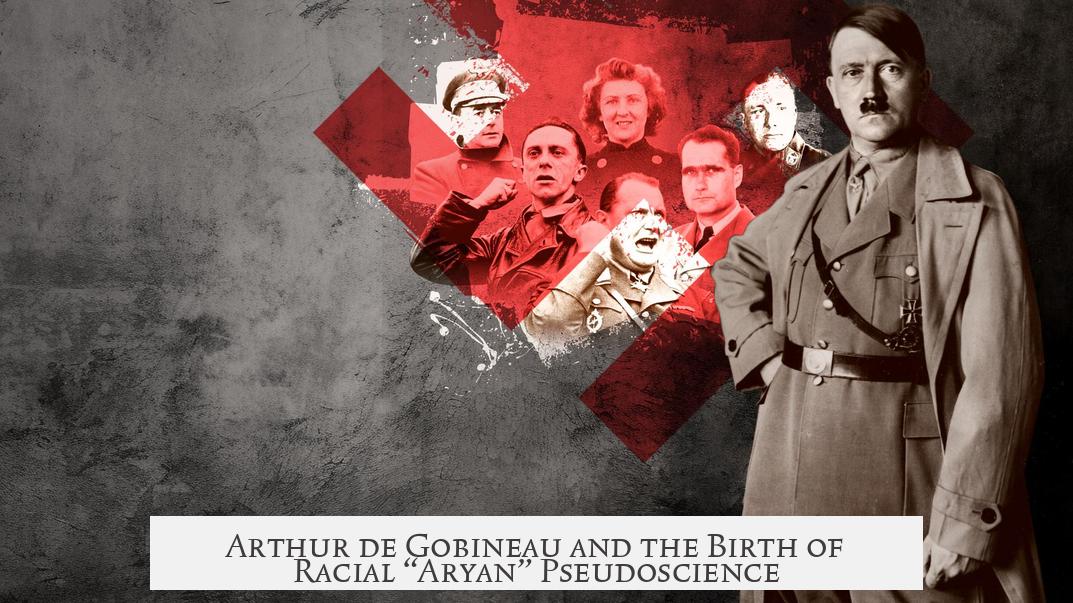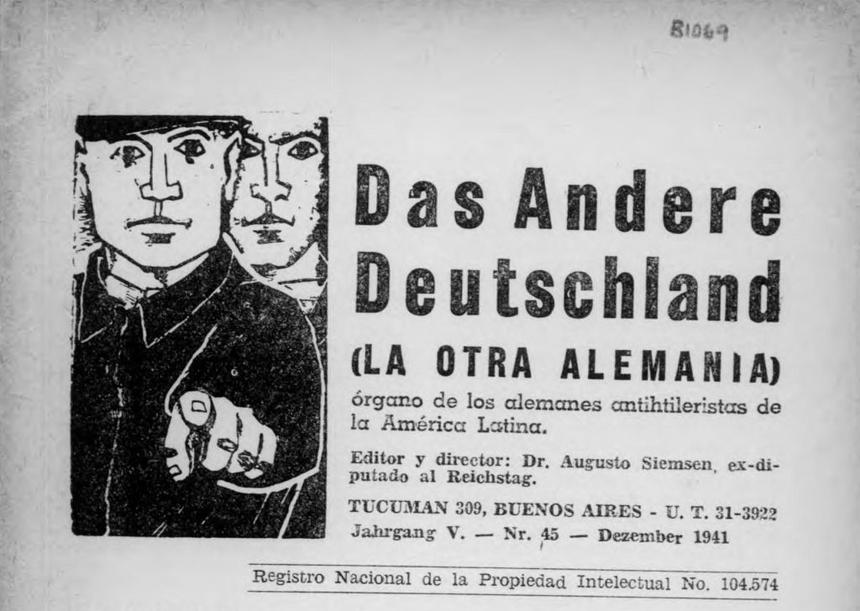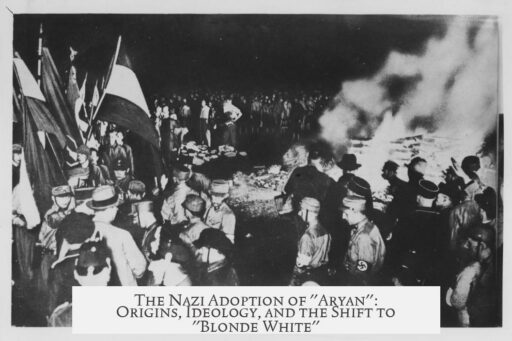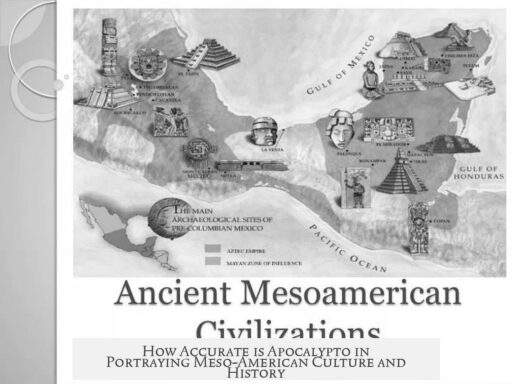The Nazis adopted the word “Aryan” to describe themselves as part of their racial ideology, linking it to a fabricated heritage of racial purity and superiority. The term’s evolution to mean “blonde white” derives from 19th-century racial pseudoscience that idealized Nordic features as the pinnacle of the Aryan race.
The term “Aryan” originally referred to a linguistic group, coined by a British official to describe the Indo-European language family. It was used to classify a shared ancient language across diverse peoples. In the mid-1800s, French aristocrat Arthur de Gobineau transformed this linguistic term through his work, Essai sur l’Inégalité des Races Humaines. He merged the concept of Aryan language with ideas of racial hierarchy, suggesting the Aryans were a superior root race responsible for all civilization. This racialized meaning of Aryan became central to later racial theories.
Gobineau and earlier thinkers like Henri de Boulainvilliers developed the “Nordic myth,” placing Northern European-descended peoples, especially Germans, at the top of a racial hierarchy. This myth portrayed Nordics as pure, noble, and the founders of civilization. They characterized Nordics by distinct physical features—blonde hair and blue eyes—which became emblematic of Aryan identity through this cultural lens.
- Gobineau argued racial purity was essential for civilization’s progress.
- Mixing with other races allegedly diluted Aryan superiority.
- He used ancient Indian epics to support ideas of Aryan purity and decline.
These racial ideas were further developed by figures such as Ernst Haeckel who tied Aryan identity to German nationalism and Volk ideology. Haeckel emphasized blond hair and blue eyes as physical markers of Aryan racial purity. This reinforced stereotypes that Aryan equated with “blonde white,” shaping the Nazi ideal.
Houston Stewart Chamberlain played a critical role bridging these ideas into Nazi ideology. His book, Foundations of the Nineteenth Century, highly influenced Hitler by asserting a racial interpretation of history centered on Aryan supremacy and anti-Semitism. Chamberlain even promoted the notion that Jesus was Aryan, co-opting religion to support Nazi racial myths.
In the United States, Madison Grant’s The Passing of the Great Race popularized eugenicist Aryan theories, supporting segregation and racial purity laws. His work intersected with European racial ideology, bolstering the international acceptance of Aryan myths.
| Period | Key Figures | Contribution to Aryan Concept |
|---|---|---|
| Mid-1800s | Arthur de Gobineau | Racialized Aryan from linguistic roots. Advocated racial hierarchy and purity. |
| Late 1800s | Henri de Boulainvilliers & Ernst Haeckel | Nordic myth; idealized blond, blue-eyed Aryans as superior race. |
| Early 1900s | Houston Stewart Chamberlain | Bridged racial theory to nationalism and anti-Semitism; influenced Hitler. |
| Early 1900s | Madison Grant | American eugenics advocate; spread Aryan racial purity ideas. |
The Nazi adoption of the Aryan concept was less about historical accuracy and more about ideological utility. Aryan identity became a symbol of racial purity, strength, and superiority, enabling the Nazis to justify their racist policies and genocidal ambitions. The focus on blond hair and blue eyes crystallized Aryan identity in popular imagination, fueling discrimination against those who did not fit the myth.
This appropriation of “Aryan” reflects how pseudo-scientific racial theories were manipulated to serve political ends. It replaced a linguistic classification with a rigid racial hierarchy and an enforced aesthetic standard. The shift from a broad, ancient cultural term to a narrow racial stereotype illustrates the power of myth-making in shaping dangerous ideologies.
- Originally a linguistic term, “Aryan” became racialized by 19th-century pseudoscience.
- Nordic features, especially blond hair and blue eyes, came to define Aryan ideals.
- Gobineau and later thinkers framed Aryans as racially pure and superior.
- Chamberlain and Nazi ideology cemented Aryan identity in German nationalism.
- The Nazis used “Aryan” to legitimize racial hierarchy and antisemitic policies.
Why Did the Nazis Adopt the Word “Aryan” to Describe Themselves? And How Did It Come to Mean “Blonde White”?

The Nazis adopted the word “Aryan” to describe themselves by twisting a complex mix of linguistic history, pseudoscience, and nationalist myth into a racial identity that suited their twisted ideology. This identity eventually became synonymous with “blonde white” through a series of intellectual and propagandistic steps rooted mainly in 19th-century racial theories and nationalist fantasies.
But how on earth did a linguistic term referring to an ancient language come to be the mantra of Nazi racial purity? Let’s dig in.
The Origin of “Aryan” in Linguistics – Not Race
First off, the word “Aryan” didn’t start as a racial term. It’s a linguistic label that British officials used in the 19th century to categorize the ancient languages of a massive swathe of people—from India to Europe—now called Indo-European languages. In simple terms, it referred to groups who spoke these related ancient languages.
This neat linguistic concept was, however, ripe for misinterpretation.
Arthur de Gobineau and the Birth of Racial “Aryan” Pseudoscience

Enter Arthur de Gobineau, a French aristocrat with grand ideas and a pen sharp enough to twist those ideas into racial theory. In his mid-1800s book Essai sur l’Inégalité des Races Humaines, Gobineau suggested that human civilization’s roots lay with a superior “Aryan” race. He wasn’t the first to idolize a so-called “noble Germanic” race—that was the Nordic myth inspired by earlier thinkers like Henri de Boulainvilliers who ranked Europeans into Nordic, Alpine, and Mediterranean types.
According to Gobineau, these Nordics were the originators of all culture and civilization, and they were the “purest” form of Aryan lineage. Gobineau’s big leap was tying linguistic Aryan identity to racial hierarchy: since Aryan languages spanned Europe and parts of Asia, and since the Nordics claimed to be the highest race, the Aryans must be those Nordics.
The Nordic Connection: From Language to Looks
This association gave rise to the image of the “Aryan” as the tall, blonde, blue-eyed Nordic type. This wasn’t random. It was an imagined “pure” racial ideal connected deeply to Germanic nationalism.
Think of it as a 19th-century mix of language, racial pseudoscience, and cultural chauvinism that said, “Our people are the original, superior civilization-makers.”
Purity of Blood and the Fear of Mixing

Gobineau wasn’t satisfied simply stating that Aryans were superior. He introduced fears about “corruption” from blood mixing. He claimed the purity of Aryan blood was essential for civilization to thrive. Mixing with other “races” such as the “inferior” Black or Yellow races (terms taken from biblical descendants of Noah) supposedly led to decay—not just of the race, but of culture and progress.
This idea of “blood purity” became central in Nazi racial ideology. It gave pseudoscientific backing to their brutal programs designed to segregate and eliminate groups they labeled as “corrupting.”
The Indian Angle: Seeing Aryan “Decline” Through an Exotic Lens
Gobineau was well aware of the Aryan root in India. He studied Sanskrit epics like the Rig Veda extensively. To him, these texts were a tragic tale of Aryan degradation due to race mixing.
“The Mahabharata bore witness to the manner in which Indian society had been invaded by foreign elements… [and] non-Aryan promiscuity and Aryan battles to avoid the dilution of their bloodlines.”
He saw the Aryans in Europe as the “pure” survivors of this descent, a narrative that conveniently supported Nazi myths about degeneration and the urgent need to protect “clean” Aryan bloodlines in Europe.
Ernst Haeckel and the “Blonde Ideal”

Fast forward a bit, and we meet Ernst Haeckel, a German biologist who connected Aryan ideas with German nationalism and launched the “blonde, blue-eyed” stereotype. His influential work tied the Aryan myth deeply to the German idea of Volk—the unique national community. Haeckel’s scientific and nationalistic fusion gave the Aryan ideal a distinct physical image.
This paved the way for the Nazis to push the Aryan identity as not just spiritual or cultural, but biological—with unmistakable physical traits.
Houston Stewart Chamberlain: The Bridge to Nazi Ideology
Chamberlain, an English-born writer who married into Wagner’s family, is perhaps the most critical link between 19th-century racial theorists and the Nazis themselves. His book Foundations of the Nineteenth Century hammered home the Aryan myth with considerable influence on Hitler.
He pushed bizarre ideas that Jesus was Aryan, not Jewish. That’s a drastic twist fueling the Nazis’ virulent anti-Semitism. Chamberlain’s ideological work was a cornerstone in Nazi belief systems, especially their views on racial hierarchy and the need for ethnic “cleansing.”
American Echoes: Madison Grant and Eugenics

Surprisingly, the Aryan myth wasn’t confined to Europe. Madison Grant in the U.S. echoed and expanded these ideas in The Passing of the Great Race. This book helped spur the American eugenics movement, focusing on preserving racial “purity,” showing how deeply these racial myths penetrated across the Atlantic and influenced global racial policies.
So Why “Blonde White”?
Summing it all up: the term “Aryan,” originally linguistic, was hijacked by racial pseudoscience that identified Aryans with the tall, blond, blue-eyed Nordic ideal. This ideal wasn’t based on real anthropology but on myth, national pride, and a fear of “racial decline.”
It became the Nazi race badge—a symbol paired with the dark menace of purity laws, eugenics, and horrific racism. The Nazis weren’t just describing skin color—they were creating a narrative of supremacy designed to justify exclusion and horror.
What Can We Learn from This Twisted History?

- Language and race are not the same thing: The original “Aryan” was a linguistic term, not a racial identity.
- Beware pseudoscience: Gobineau and others mixed real science with biased ideology to justify racist myths.
- Racial “purity” is a myth with deadly consequences: The Nazis’ belief in Aryan supremacism led to genocide and suffering.
- Physical traits don’t define worth: The “blonde white” stereotype is a cultural invention, not a biological absolute.
Ultimately, the journey of “Aryan” from a linguistic classification to a violent racial identity is a cautionary tale about how ideas can be warped to justify hatred.
Have You Ever Noticed How Powerful Words Can Be Twisted?
Words evolve, but meanings can be hijacked. “Aryan” started as a neutral linguistic term, became a mythical racial symbol, and eventually a deadly slogan. The Nazis made it into a terrifying identity marker.
What other terms do you think have been misused like this over history? Language shapes thought but can also be weaponized. Understanding this helps us resist repeating the same mistakes.




